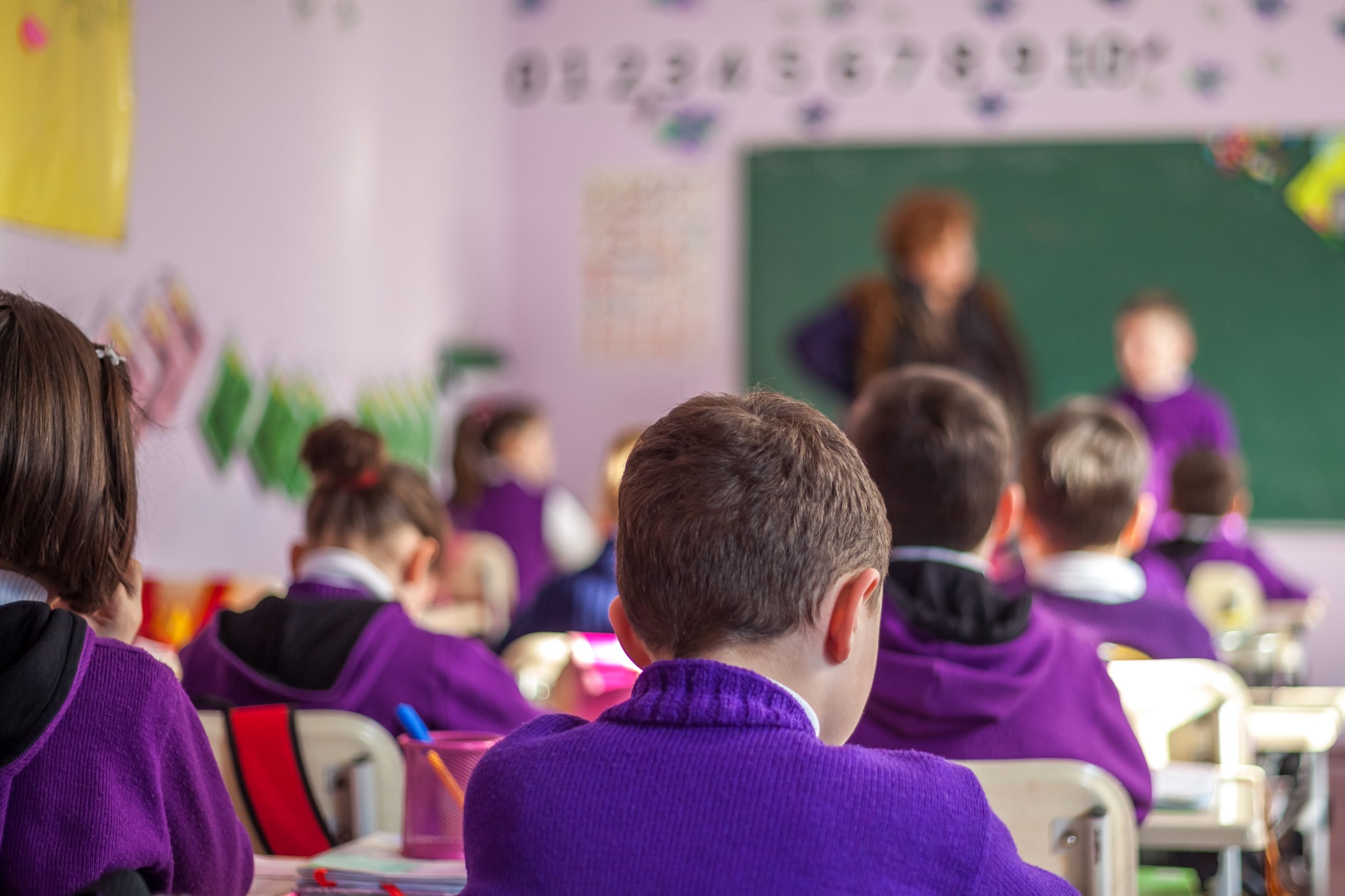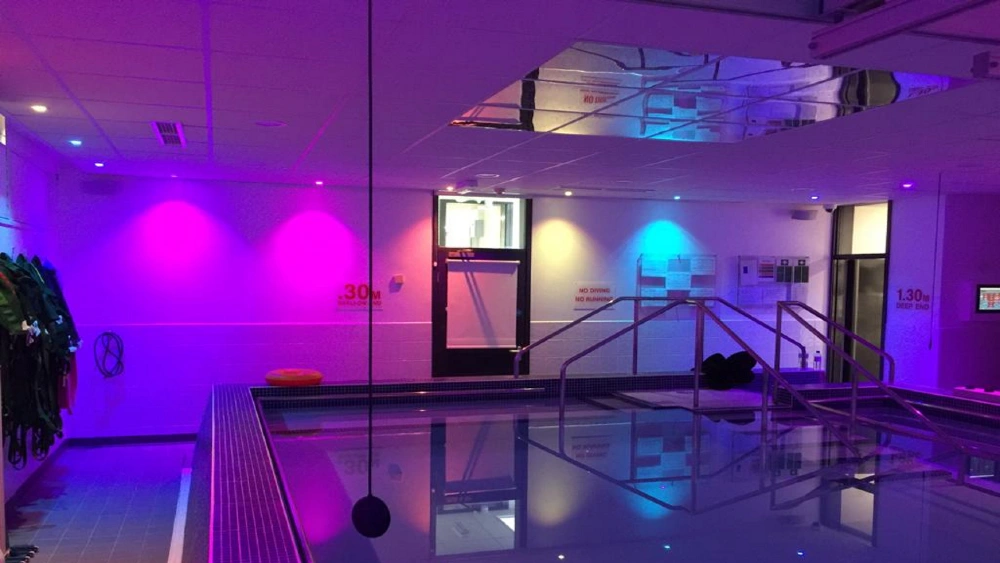The term SEN (Special Educational Needs) refers to individuals who have learning difficulties, resulting in them needing additional help and support within a learning environment. For all children, school is a time for experiencing and overcoming challenges. However, for children with SEN, they may require different or increased help in comparison to other children their age.
SEN in Mainstream Schools
According to the latest Special Educational Needs statistics published by the Department for Education (DFE), as of 2022, 82% of school pupils with SEN are in mainstream schools. DFE also recorded that there were just over 1,500 SEN units and resource bases within mainstream schools. Although this figure has risen slightly since last year’s statistics, it is evident that the pupils requiring SEN support and resources heavily outnumber what is currently being provided.
These recently published figures highlight a need to not only provide further knowledge into the benefits of SEN support and resources, but also the importance this has on the progression and development of children with SEN in mainstream schools.
Although there are a wide range of resources available to enhance the learning environment and experience for children with SEN, throughout our blog post we will discuss how Sensory Rooms in particular are effective in creating a safe, stimulating and interactive space within mainstream schools.
Sensory-Friendly Environments
There are various ways that you can create a sensory environment, each serving different purposes for the intended users. Whether this is a dedicated room or a dedicated space, there are many sensory tools and equipment that can help. Here are a few examples of different types of Sensory Rooms that can be beneficial to SEN pupils within mainstream schools.
Multi-Sensory Rooms
For individuals with Special Educational Needs, it is likely for them to have Sensory Processing Difficulties (SPD).
SPD happens when an individual’s brain has difficulties receiving and interpreting messages from their senses – sight, hearing, smell, taste and touch. The reactions from a child experiencing SPD can include feeling overwhelmed, anxious, disengaged and sometimes even lead to heightened aggression.
Within a school environment this can become increasingly difficult for children with SEN and SPD, as classrooms are often environments that provide over-stimulation and heighten the senses such as loud noises, bright decorations and various interactions at once.
Multi-Sensory Rooms are designed to stimulate all five senses, in a safe and relaxing environment. Users can explore the room and challenge themselves to develop a higher level of confidence, independence and social awareness. Within an educational environment, a Multi-Sensory Room can be utilised as a space for pupils who are struggling to process their learning materials in the classroom, and continue to learn within a more relaxing space tailored to developing their knowledge at their own pace and in a more effective way.
The equipment used is great for:
- developing visual
- auditory and tactile processing
- hand-eye coordination
- gross and fine motor skills
- self-regulation
Immersive Sensory Rooms
Immersive Sensory Rooms can be a brilliant educational tool for pupils with SEN. Through the power of technology, spaces can be transformed into scenario-driven environments that have the ability to enrich not just one but multiple senses.
Using a PC Control System and Projector, a projection is displayed onto the walls of the chosen room. As some schools may struggle for space, the projection can be made onto as little as two walls going up to a full 360 degree wall and floor projection. Depending on the different needs and abilities of pupils, Immersive Sensory Rooms offer a way for them to experience a variety of scenarios in a safe and relaxed way that they otherwise may struggle with in a real-life environment. These can be incorporated into the learning curriculum too with the subjects and topics being taught, encouraging inspiration and a higher level of engagement.
The main sense that is used throughout Immersive Sensory Rooms is sight, through the scenes that are projected. However, this can go further by using features such as sounds, aromas and wind generators for pupils to explore and learn through.
Scenarios include:
- Beaches
- Space
- Jungles
- Forests
Portable Sensory Rooms
Now that we’ve discussed dedicated Sensory Rooms installations, let’s talk about Sensory Rooms on-the-go. For some schools it can be difficult to find the space or funds to provide a fully equipped Sensory Room. One solution for this is a Portable Sensory Room, where various sensory resources can be used and stored anywhere, allowing for ease of use and access.
A Portable Sensory Room can consist of a variety of tools that best fit the needs of users within a school setting. These can help children focus, calm and engage with their environment. This alternative is a great example of maintaining a great sensory learning experience for SEN pupils, in a cost-effective and resourceful way.
Although there are various ways to create a Portable Sensory Room, the team at Sensory Technology have created the Sensory Mobile Deluxe – a bespoke trolley packed full of sensory resources to transport around. The Sensory Mobile Deluxe includes many of the core items that make up most sensory room installations. The trolley has easy to use controllers, lots of storage space for storing loose sensory items and can move with ease throughout small spaces. These wonderful features mean that both teachers and pupils can spend more time interacting with the features in the time they have during lessons and maximise their learning experience.
Some of the fantastic features of the Sensory Mobile Deluxe include:
Key Benefits of Sensory Rooms for Mainstream Schools
We now know that there is a high percentage of pupils with SEN and various types of Sensory Rooms serving different purposes. Let’s go over the key benefits we’ve found.
- Develops confidence, independence and social skills.
- Provides escape from the stress of the classroom.
- Can be easily incorporated into the learning curriculum.
- Creates a positive learning experience.
- Improves sensory processing.
Overall, as the statistics for children with SEN are currently at a high point and the figures for SEN units within mainstream schools are low, it is important to raise awareness of the different types of resources and tools that can further educational development for pupils. Sensory Rooms provide many fantastic opportunities for children with Special Educational Needs and creates an inclusive, positive learning experience – something that all children deserve.
If you’re interested in finding out more information on funding, more sensory resources for educational environments or sensory rooms in general – the team is available to help.








